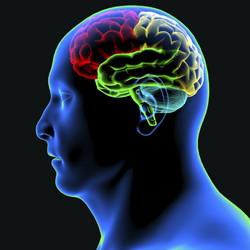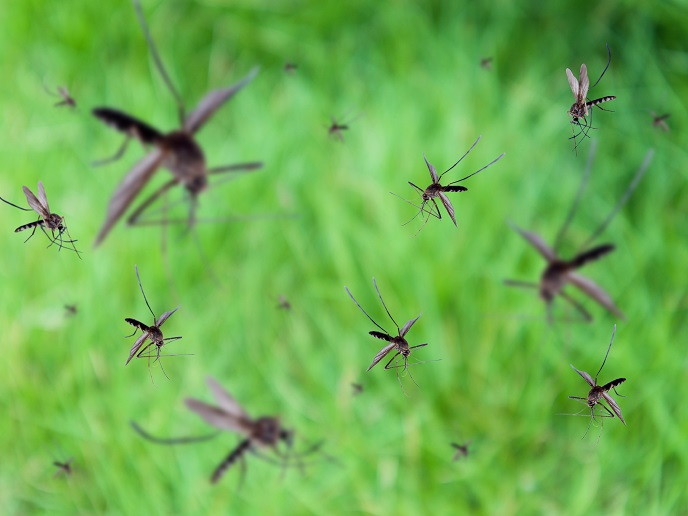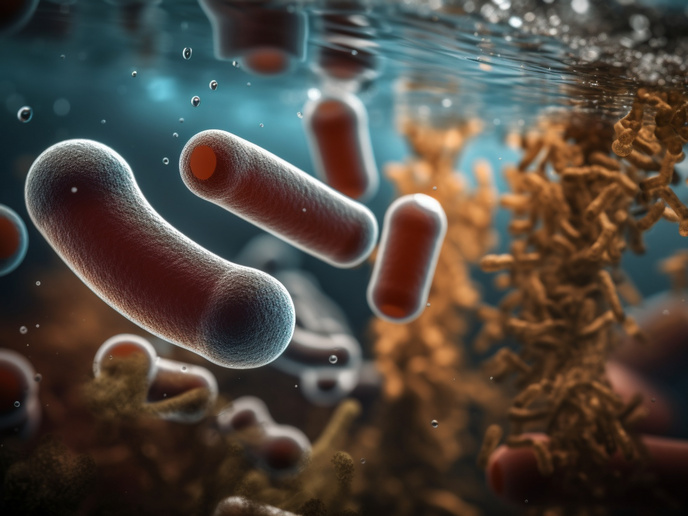Mapping human brain regions involved in motor control
The brain's control of the body's movements appear largely segregated in the left and right hemispheres, as in stroke that often causes partial paralysis on the side opposite to the hemisphere affected. However, corresponding areas of primary motor cortices are tightly interconnected and demonstrate a delicate balance. Movement disorders occur unilaterally in some motor diseases. Early Parkinson's disease (PD) symptoms begin unilaterally although unilateral cortical changes are lacking and symptoms of focal task-induced hand dystonia (FHD) occur solely on one side, rarely spreading to the other side. Interhemispheric cortical interaction and its role in cerebromuscular coupling and cerebral oscillatory networks sub-serving motor activity are not well understood. Supported by EU funding of the project 'Modulating interhemispheric interaction in physiology and disease' (BILATERAL MODULATION), scientists mapped brain areas activated during the execution of a tremor-inducing motor task to investigate this aspect of motor movement. They conducted simultaneous muscle and brain recordings using magnetoencephalography (MEG) in patients with neuropathic tremor, in which peripheral nerve pathology causes upper limbs to shake. Preliminary results demonstrate that one group of patients has a primary driver of tremor in the contralateral primary motor cortex, whereas a second group has the driver in the ipsilateral cerebellum. A number of patients appear to have significant contribution from both brain areas and may form a third, intermediate group. Analyses are underway to determine whether the coupling is cortex to cerebellum or vice versa. In a parallel line of study, researchers developed a neurostimulation protocol that can be used to produce a consistent behavioural alteration, namely a modification in writing performance. Their protocol exploits transcranial direct current stimulation (tDCS), a technique that has been around for over 100 years and is back in the spotlight as an extremely safe method to study basic brain function in humans. Researchers are currently developing the analysis software. Through studies of movement disorders and dysfunction employing behavioural tasks together with both recordings and stimulation of cortical motor areas, the BILATERAL MODULATION project expects to elucidate the neural pathways mediating certain pathologies. Data will also provide insight into interhemispheric interactions in both patients and healthy controls.







